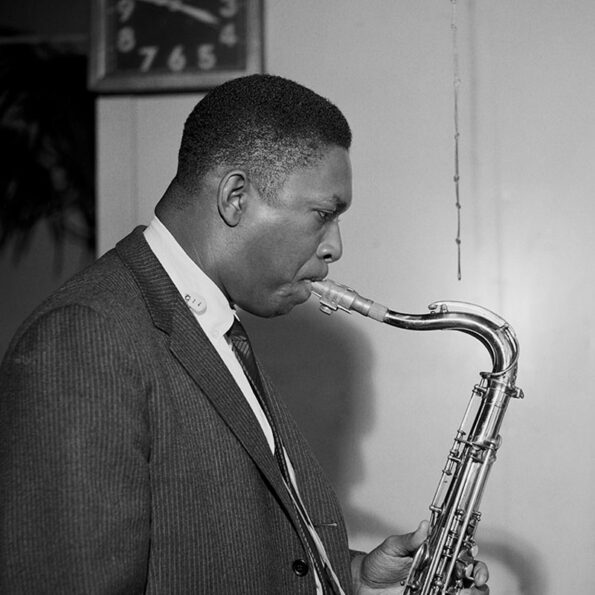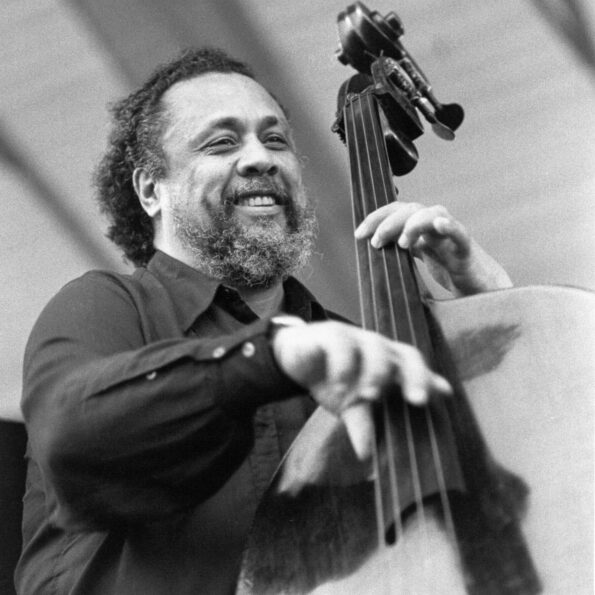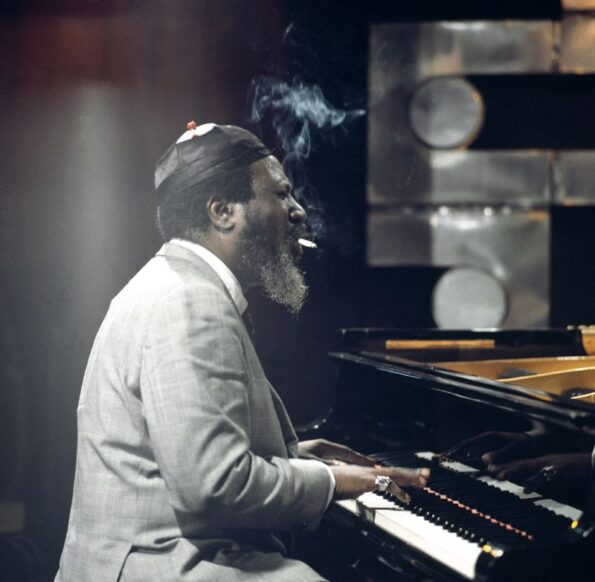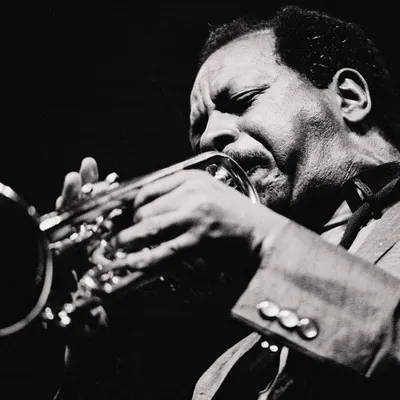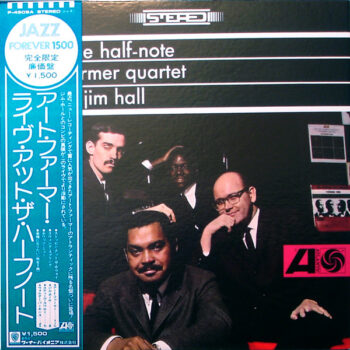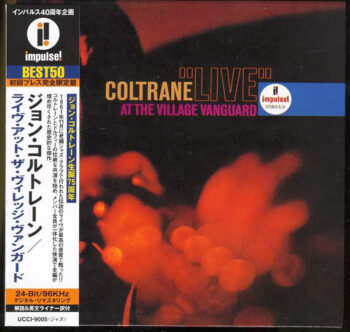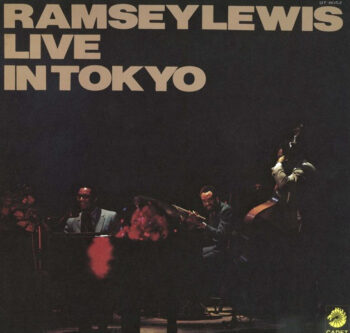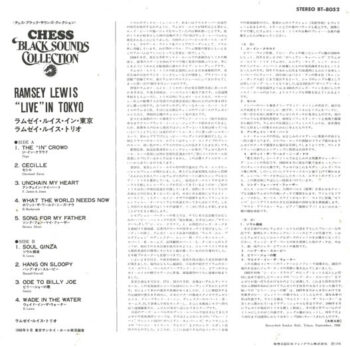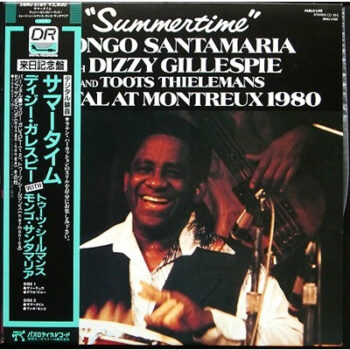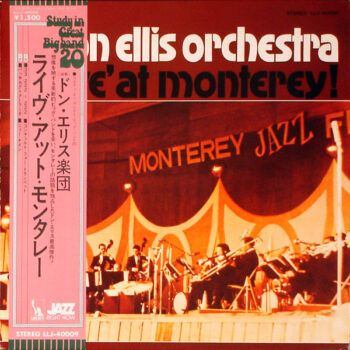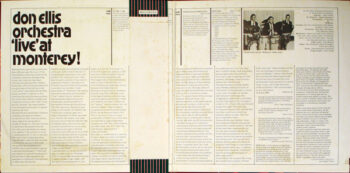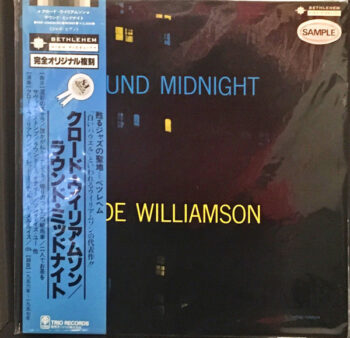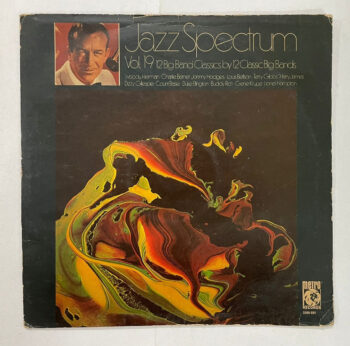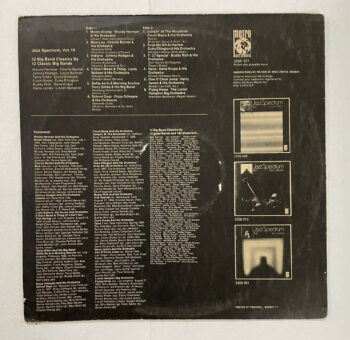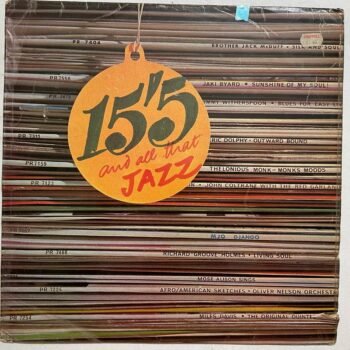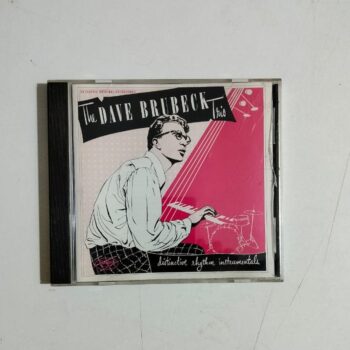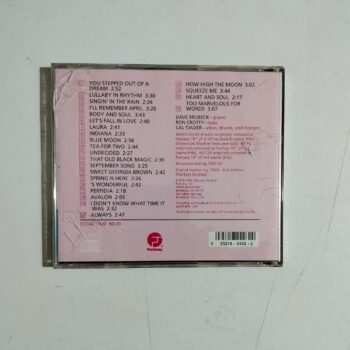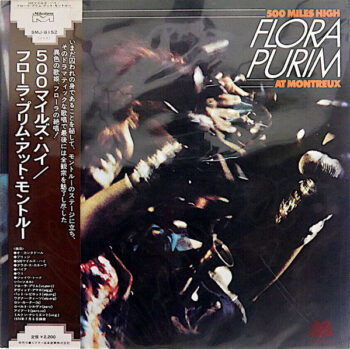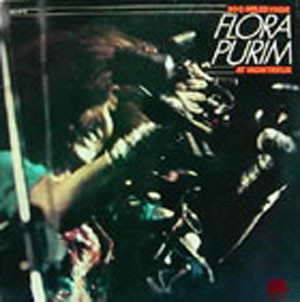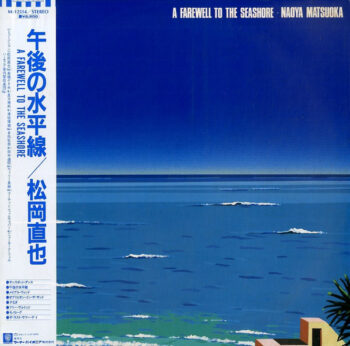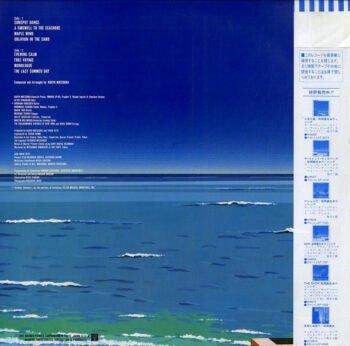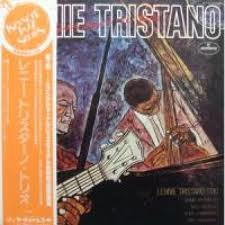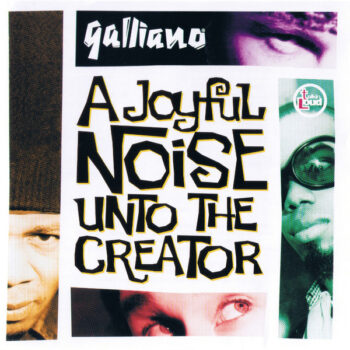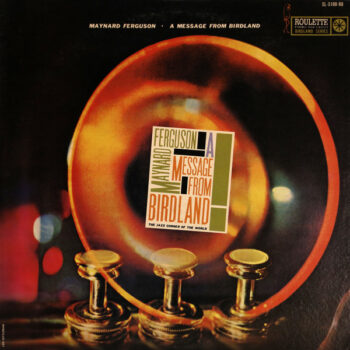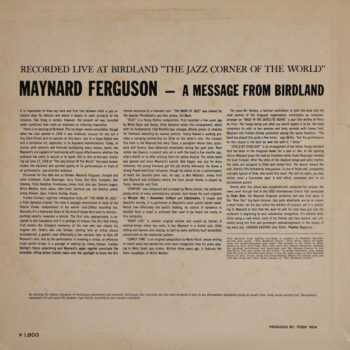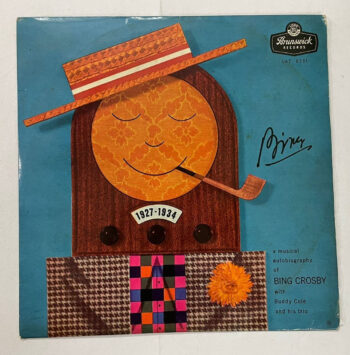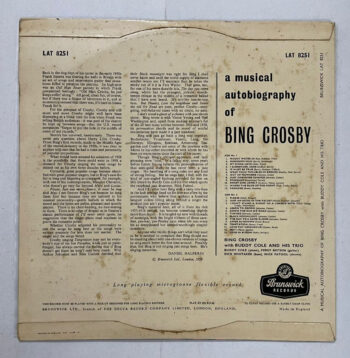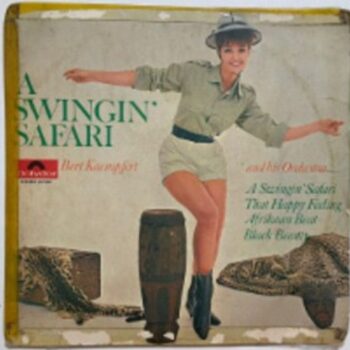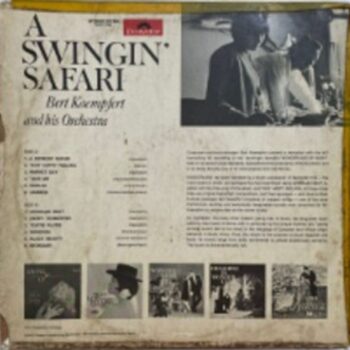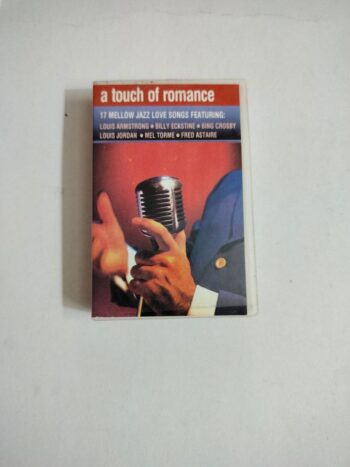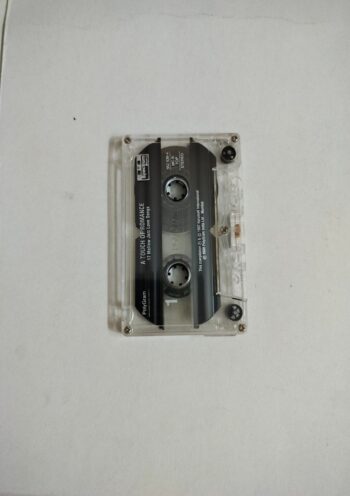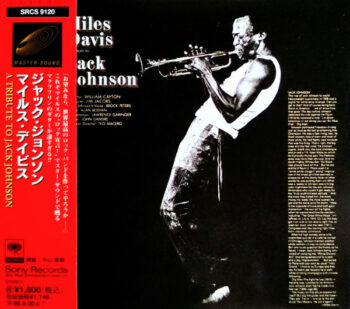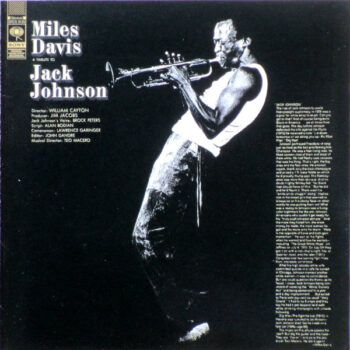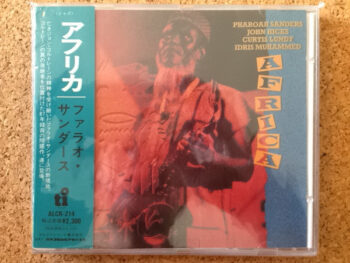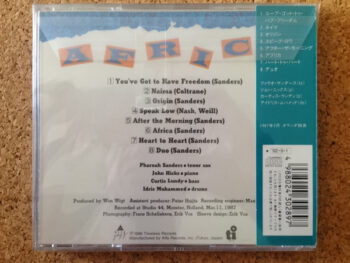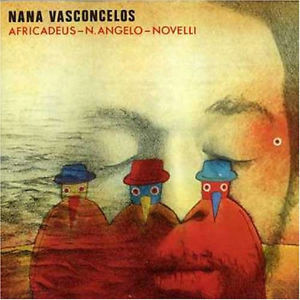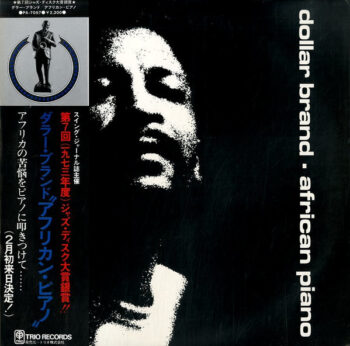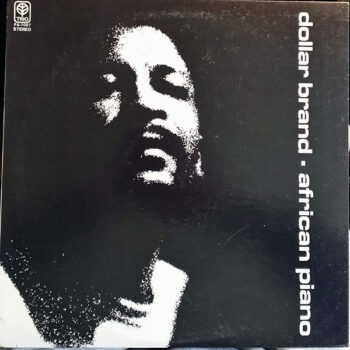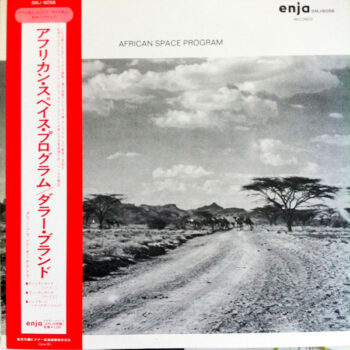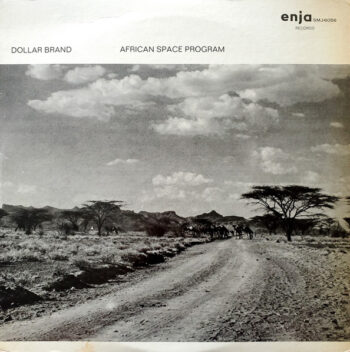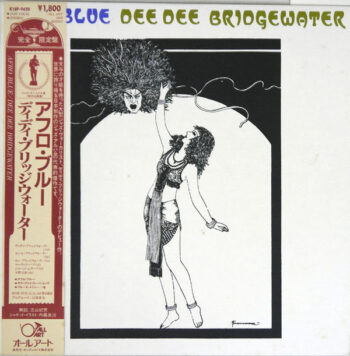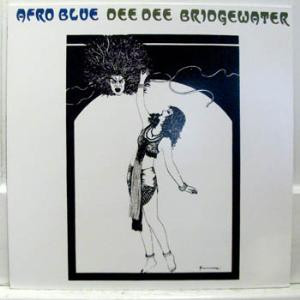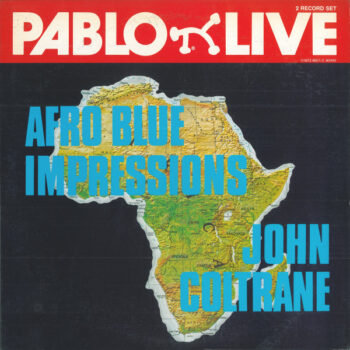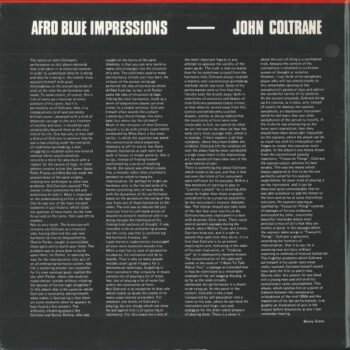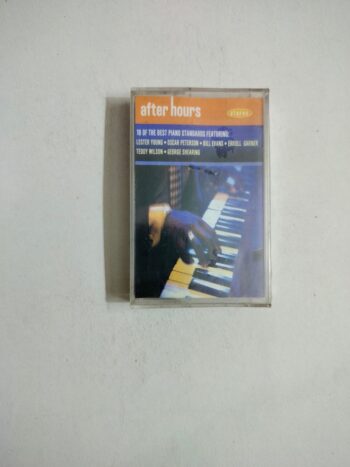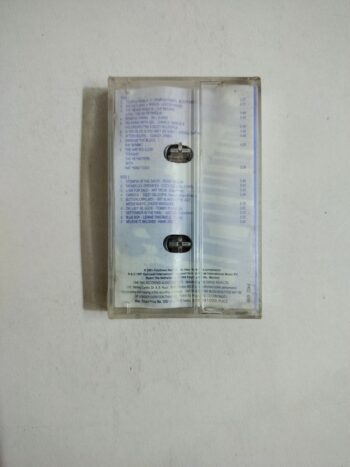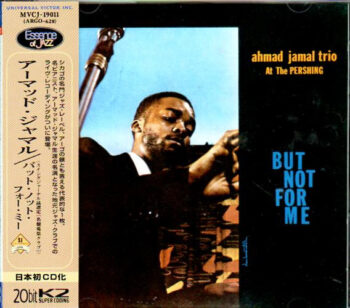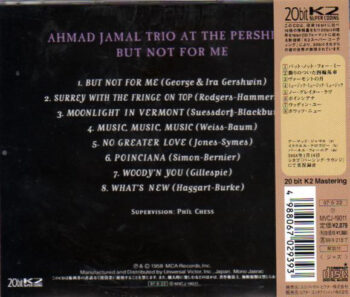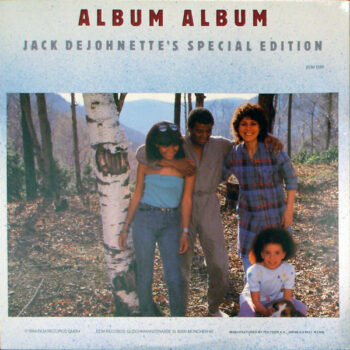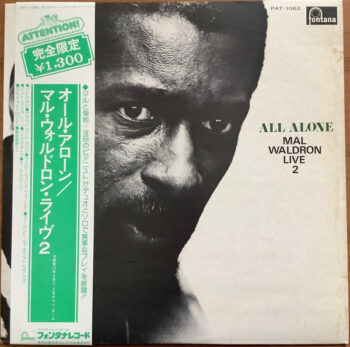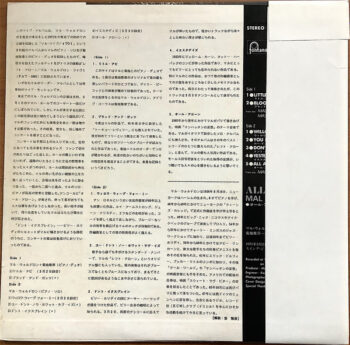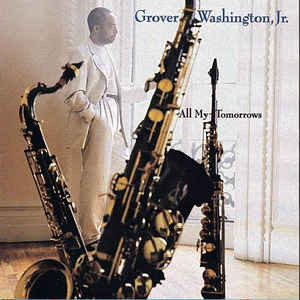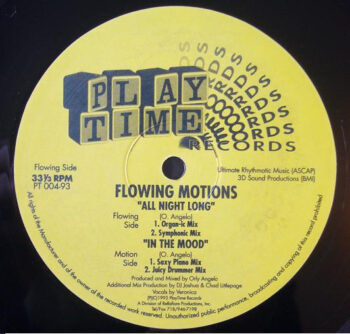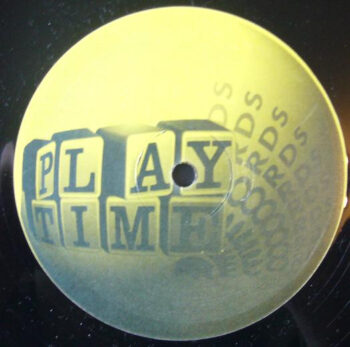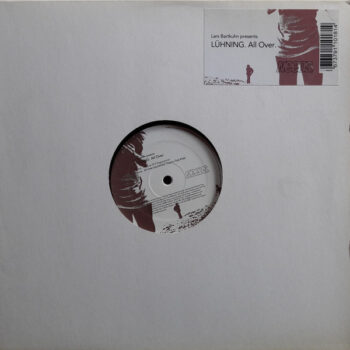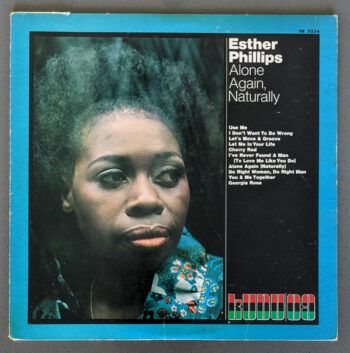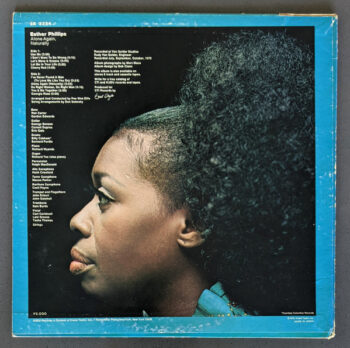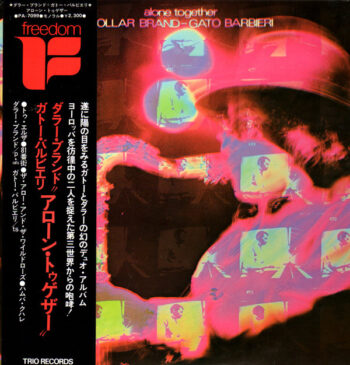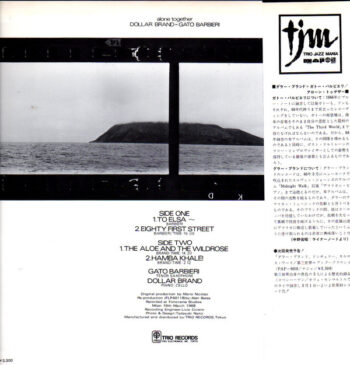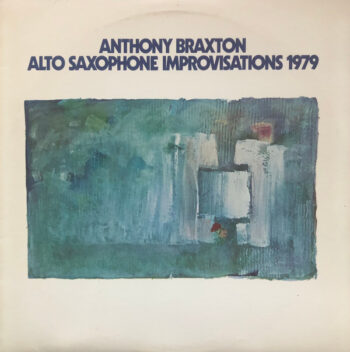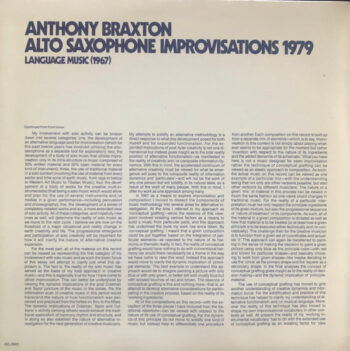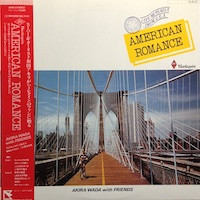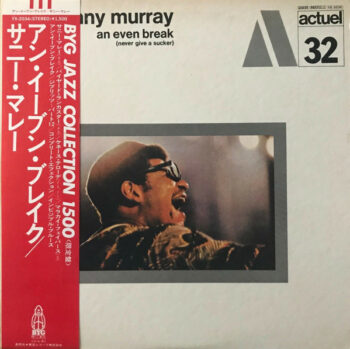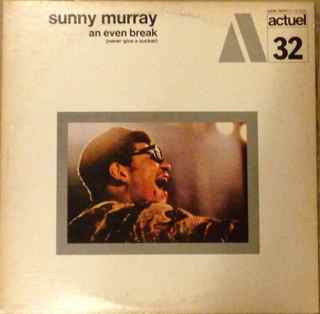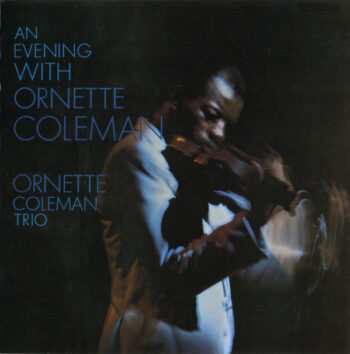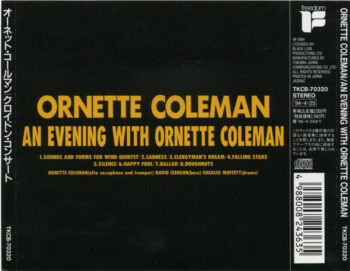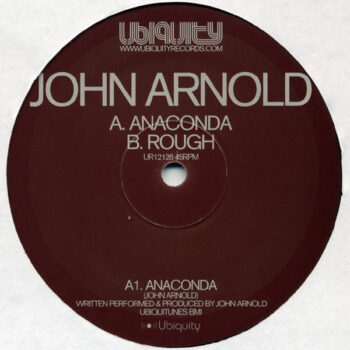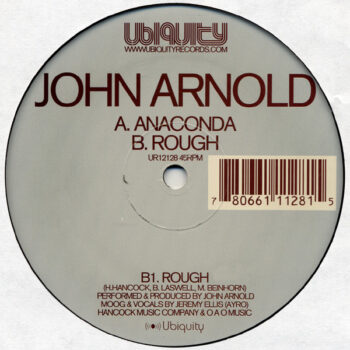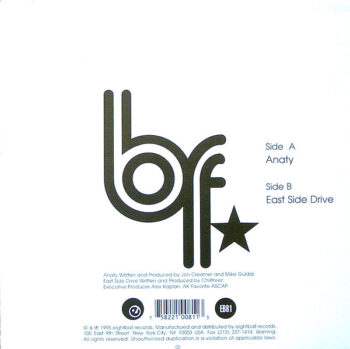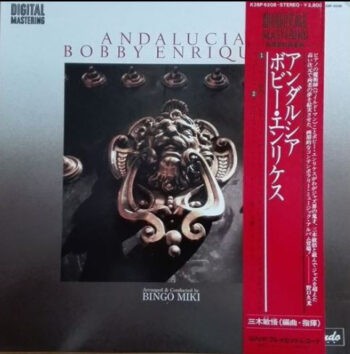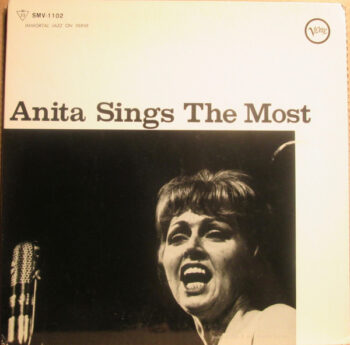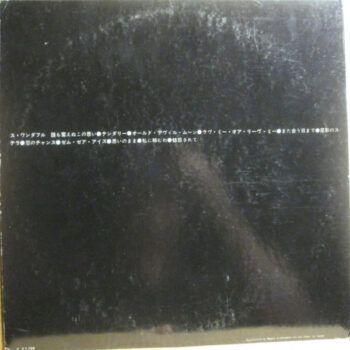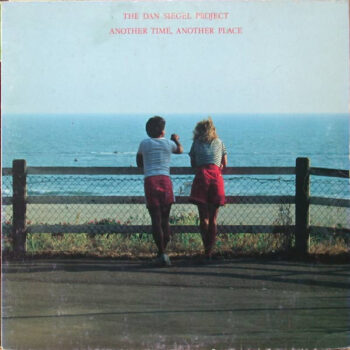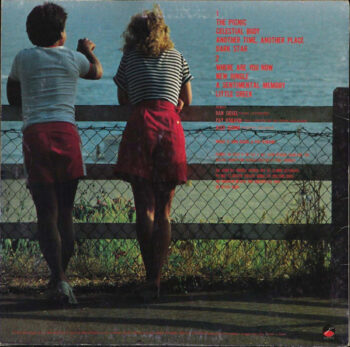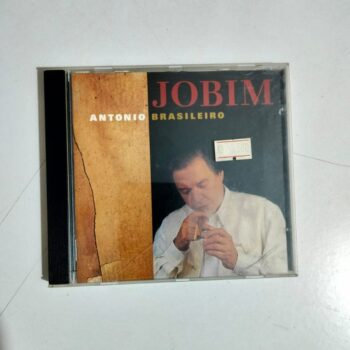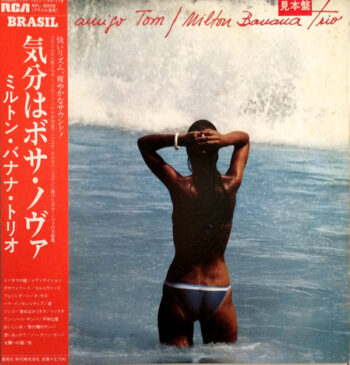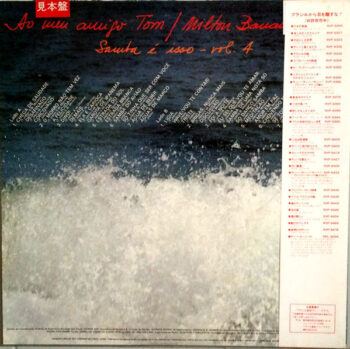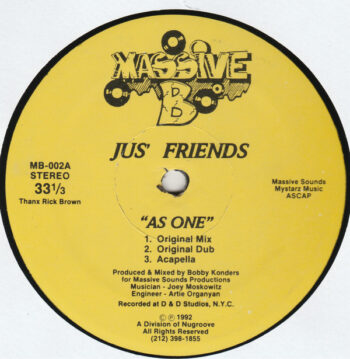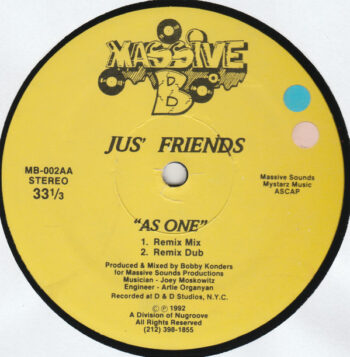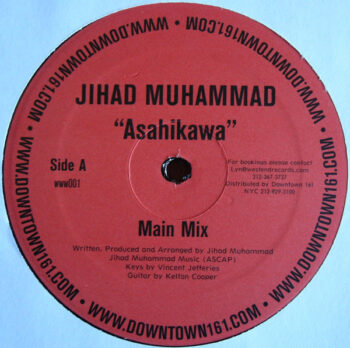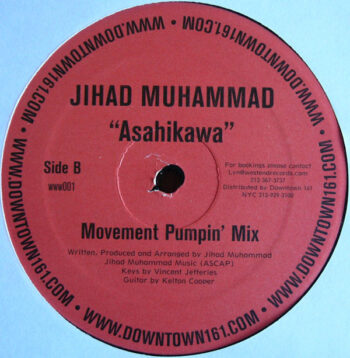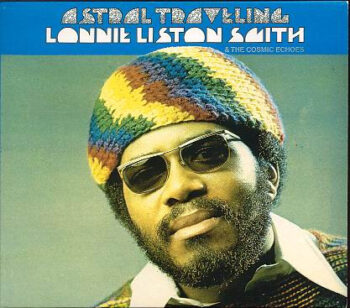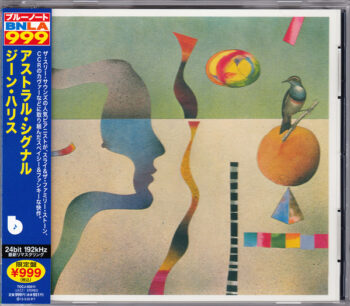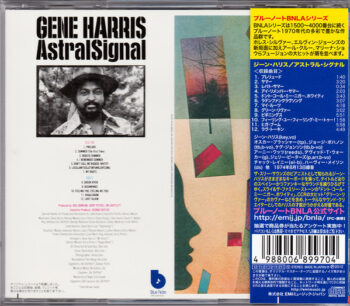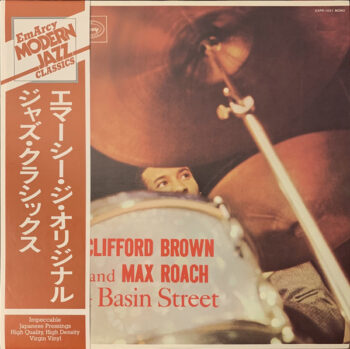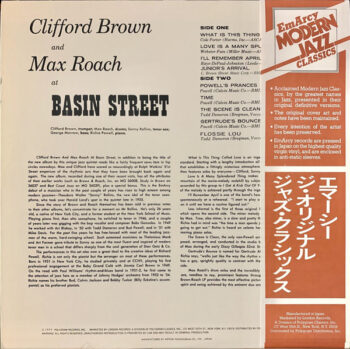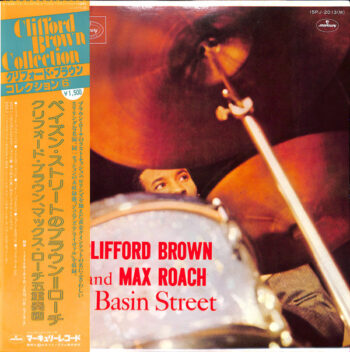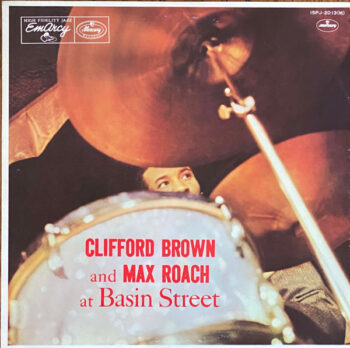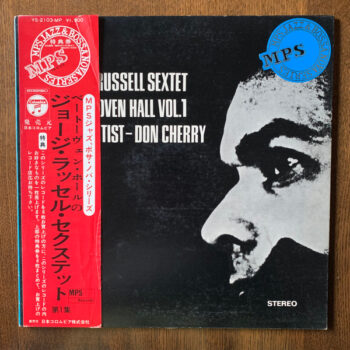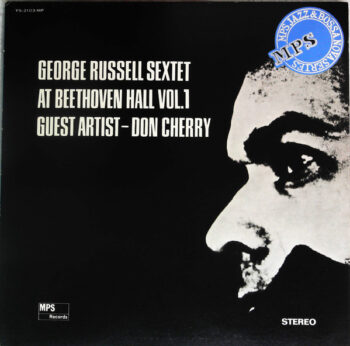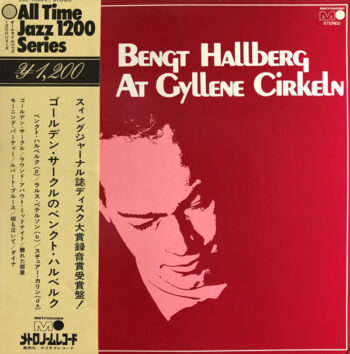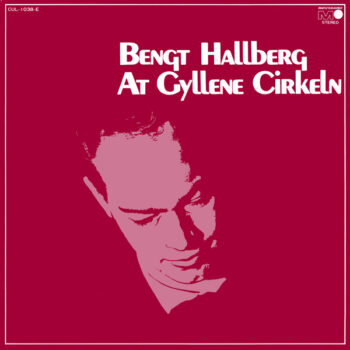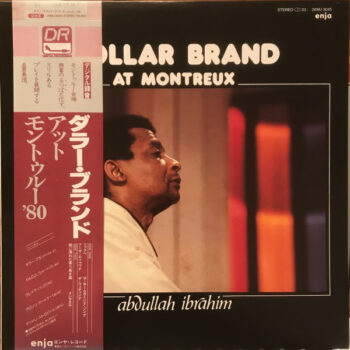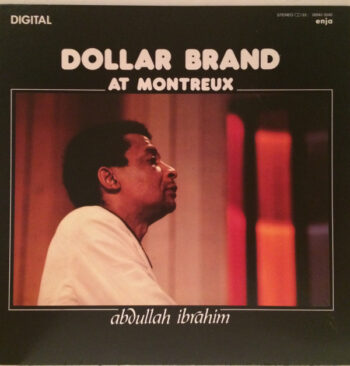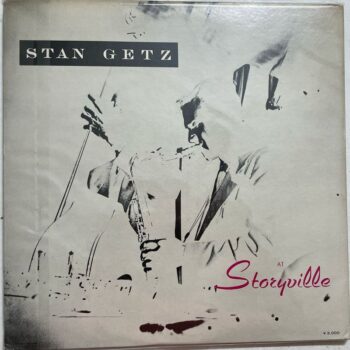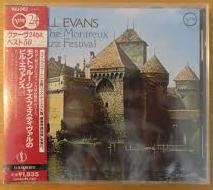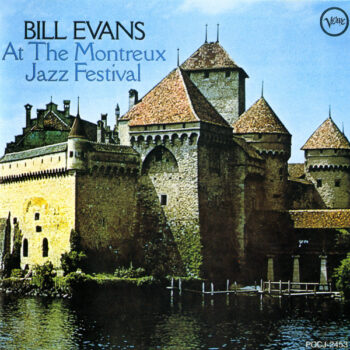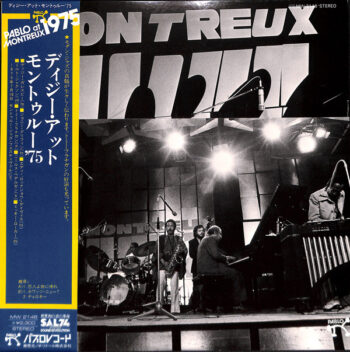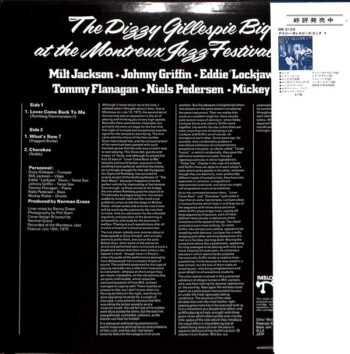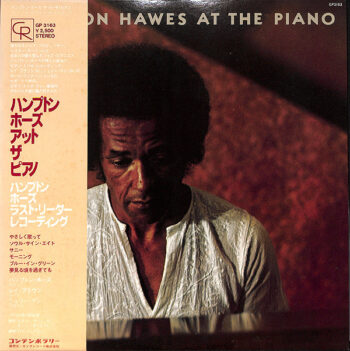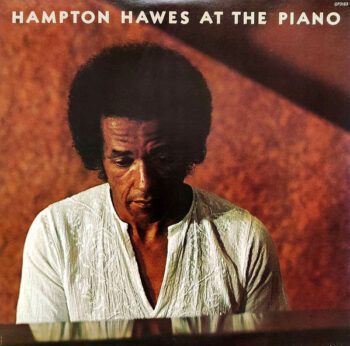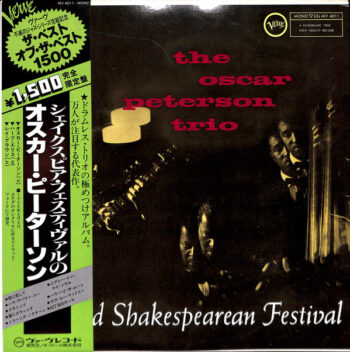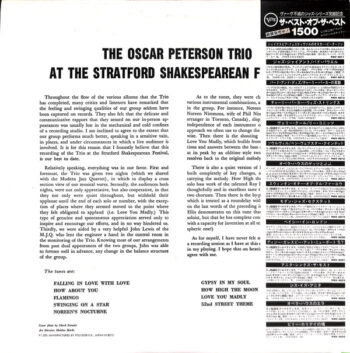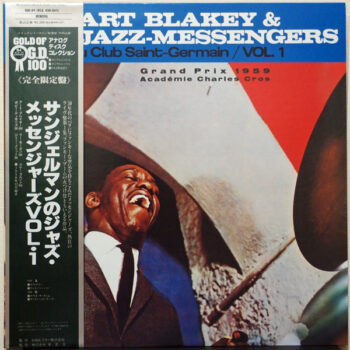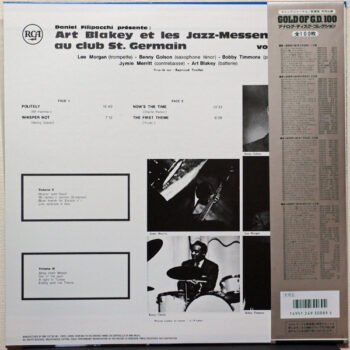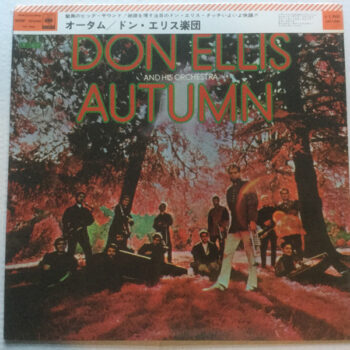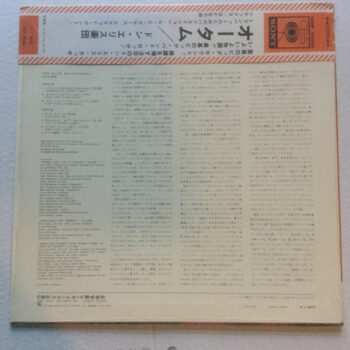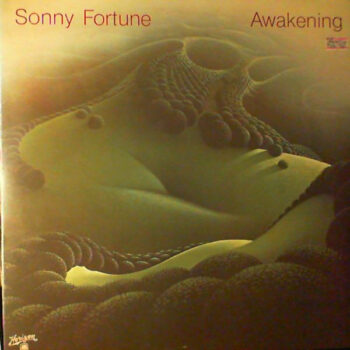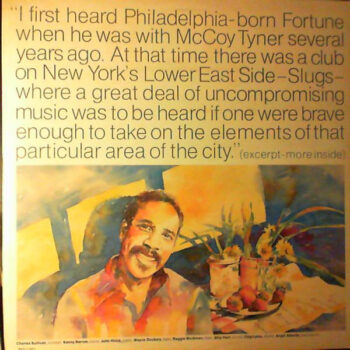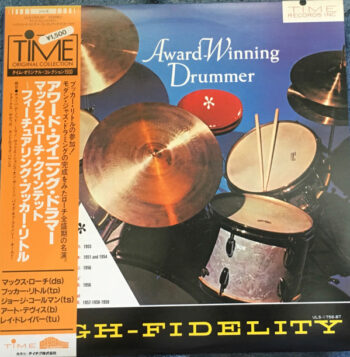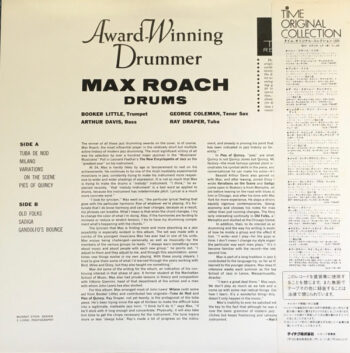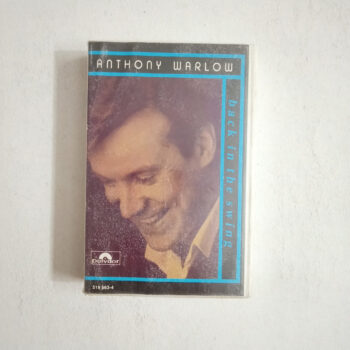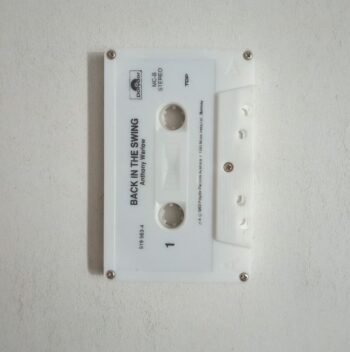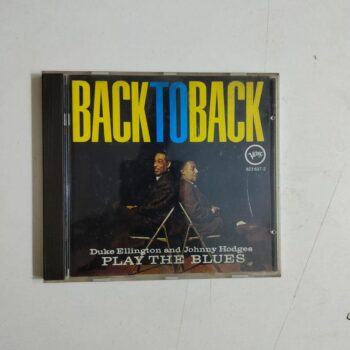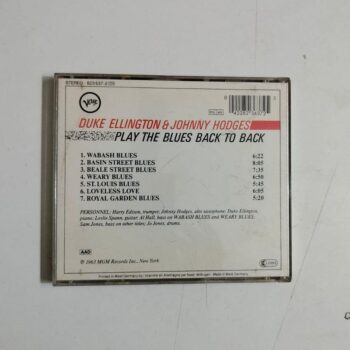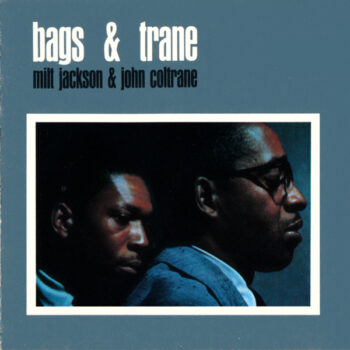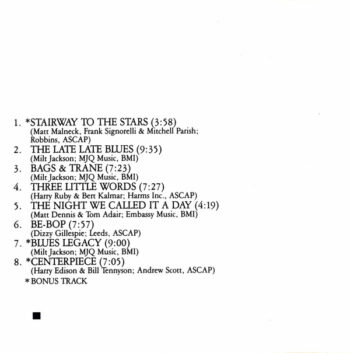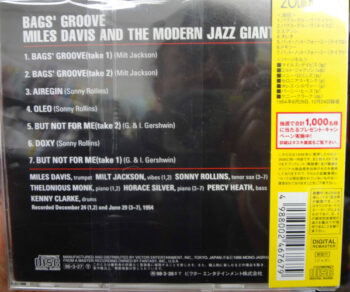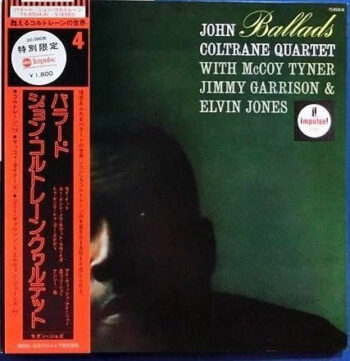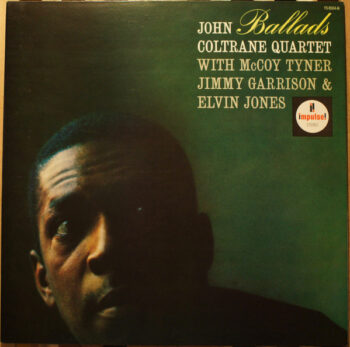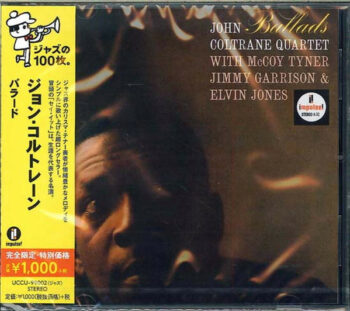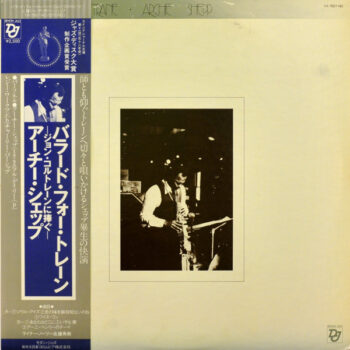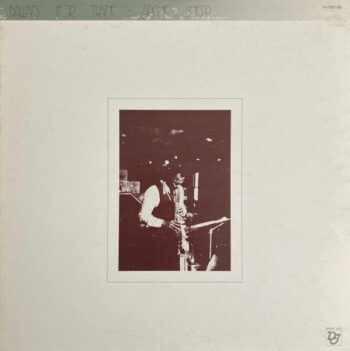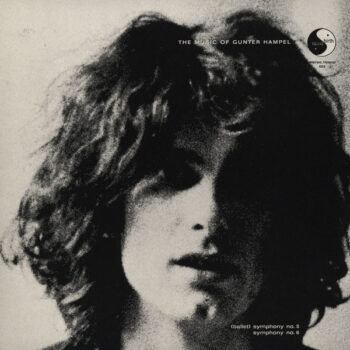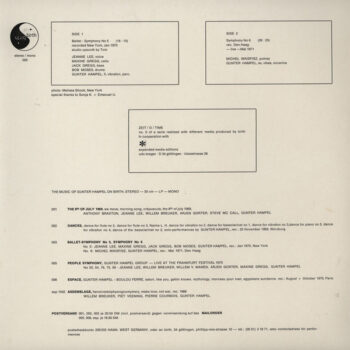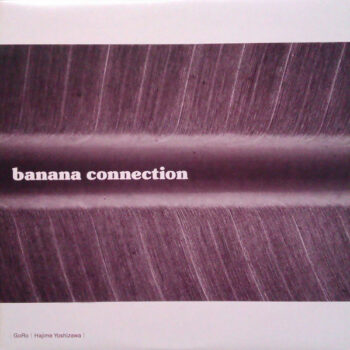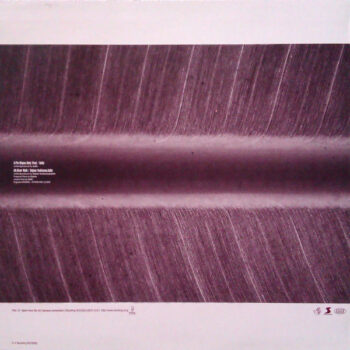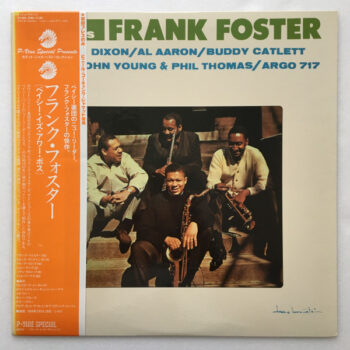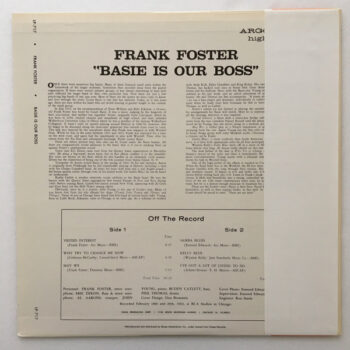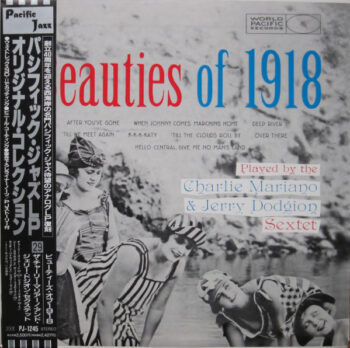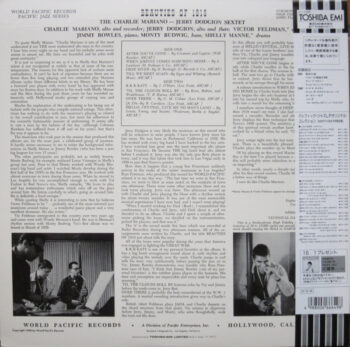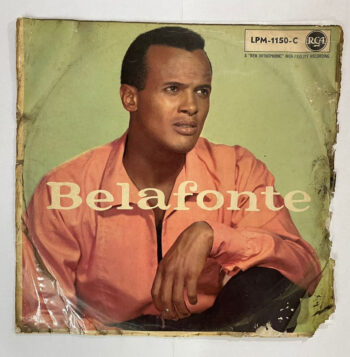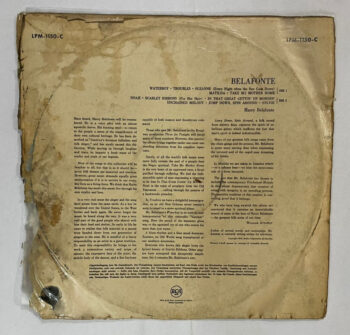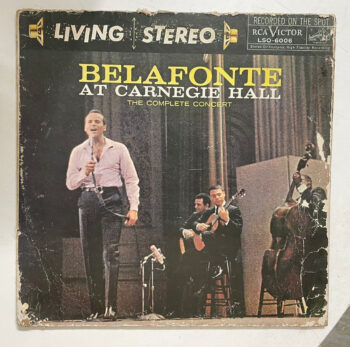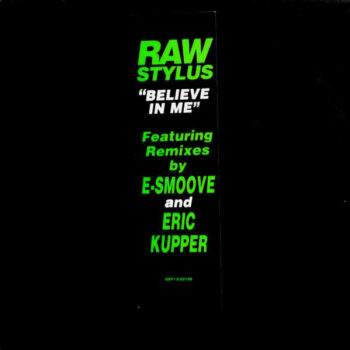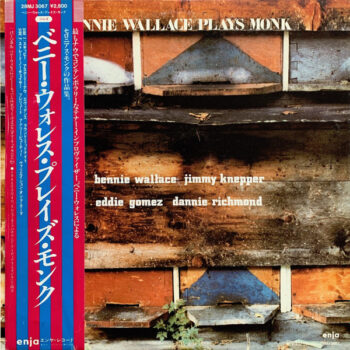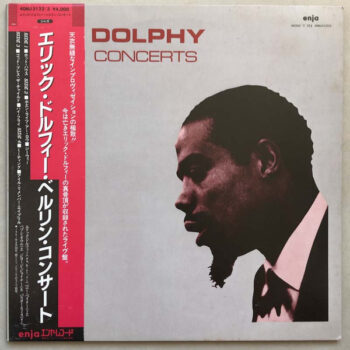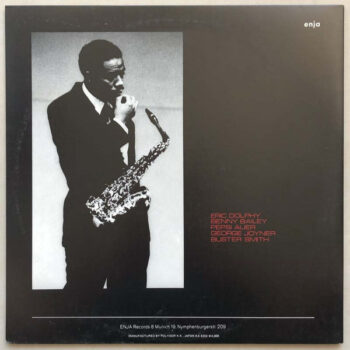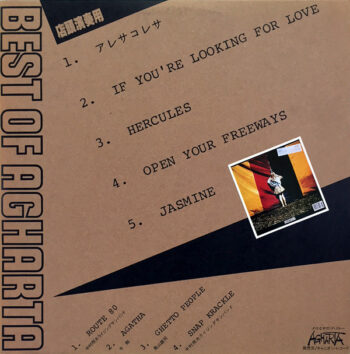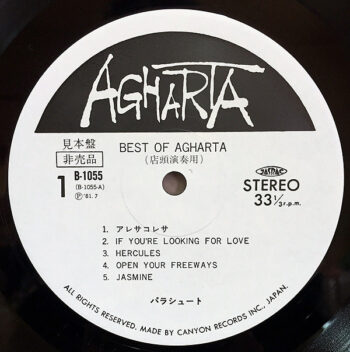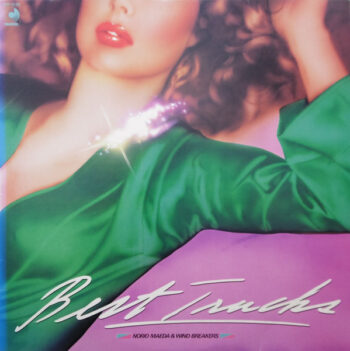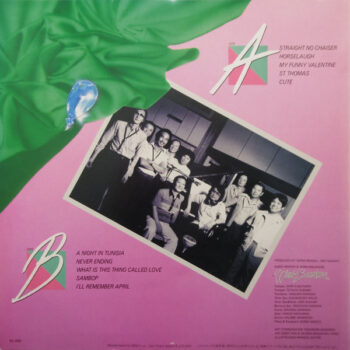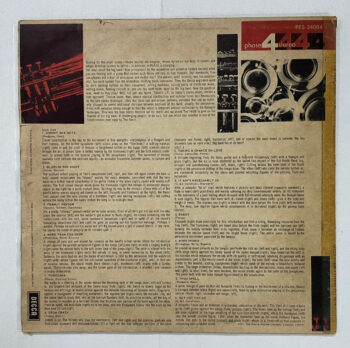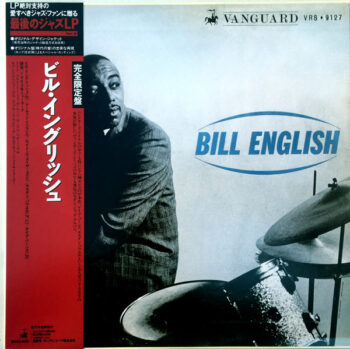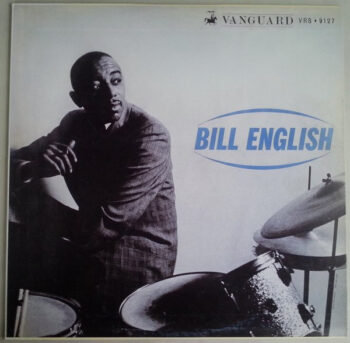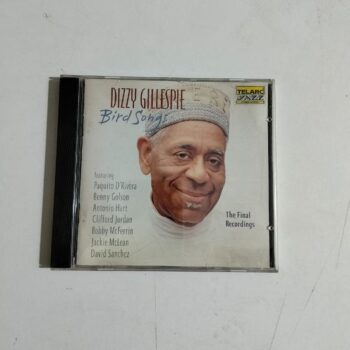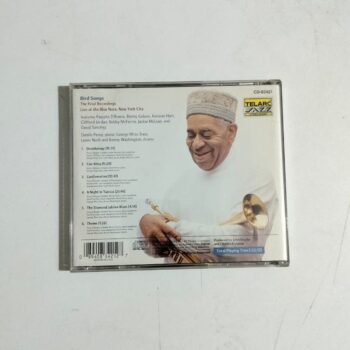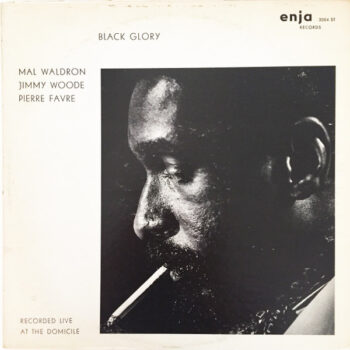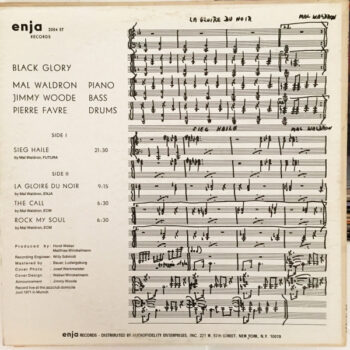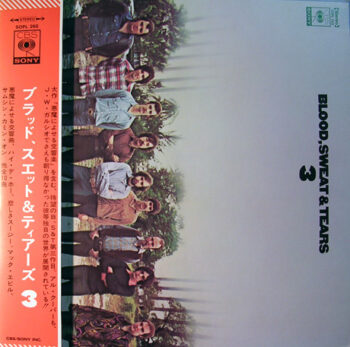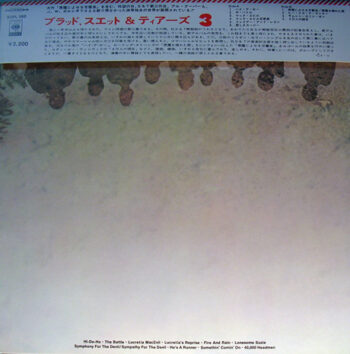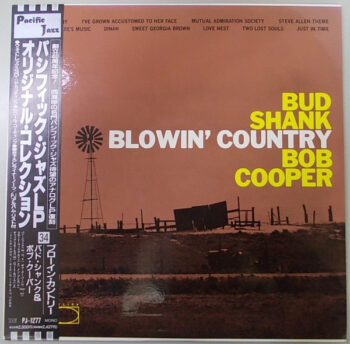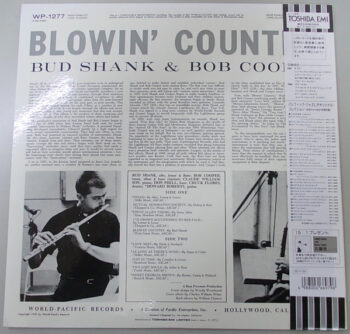Jazz: A Genre of Soulful Expression and Musical Innovation
Jazz, born in the late 19th century in African-American communities, is a genre that celebrates improvisation, syncopation, and individual expression. Rooted in blues, ragtime, and African musical traditions, jazz has evolved into a diverse and vibrant genre with various sub-genres, including swing, bebop, cool jazz, and fusion. With its rich harmonies, rhythmic complexity, and melodic improvisation, jazz continues to captivate audiences worldwide.

Jazz emerged as a fusion of African rhythms, European harmony, and American musical traditions, reflecting the cultural melting pot of early 20th-century America.
The term “jazz” is believed to have originated as slang, and its exact etymology remains uncertain.
Jazz played a significant role in promoting racial integration, as it brought together musicians and audiences from diverse backgrounds during a time of racial segregation.
Chronology and History
Jazz emerged in the early 20th century in New Orleans, where African rhythms met blues, gospel, and ragtime. The music was raw, rhythmic, and centered around improvisation. Pioneers like Buddy Bolden and Louis Armstrong helped shape this new sound, which quickly spread through cities like Chicago and New York.
The 1930s brought the rise of swing — jazz that filled dance halls with large ensembles and infectious rhythms. Artists like Duke Ellington, Count Basie, and Benny Goodman led orchestras that defined the sound of an era. Jazz became a central part of popular culture.
After World War II, jazz evolved into a more complex and virtuosic form with bebop. Fast tempos, intricate melodies, and harmonic innovation became the new norm, led by musicians like Charlie Parker, Dizzy Gillespie, and Thelonious Monk. This era marked a shift from dance music to serious art.
In contrast to bebop’s intensity, cool jazz offered a smoother, more restrained style, while modal jazz opened new harmonic possibilities. Innovators like Miles Davis, John Coltrane, and Charles Mingus expanded the emotional and structural depth of jazz. The 1960s also saw the emergence of free jazz, an experimental and boundary-breaking form.
Jazz began blending with rock, funk, and world music to form jazz fusion. Artists like Herbie Hancock, Weather Report, and Mahavishnu Orchestra embraced electric instruments and new textures. Meanwhile, jazz scenes flourished globally — from Japan to Brazil, Africa to Europe.
Modern jazz is a wide spectrum — from traditional revivalists to artists blending jazz with hip-hop, soul, and electronic music. Musicians like Kamasi Washington, Esperanza Spalding, and Robert Glasper continue to innovate while honoring jazz’s roots. Vinyl reissues and boutique pressings keep the genre alive for collectors and new listeners alike.
Noteworthy Artists and Albums
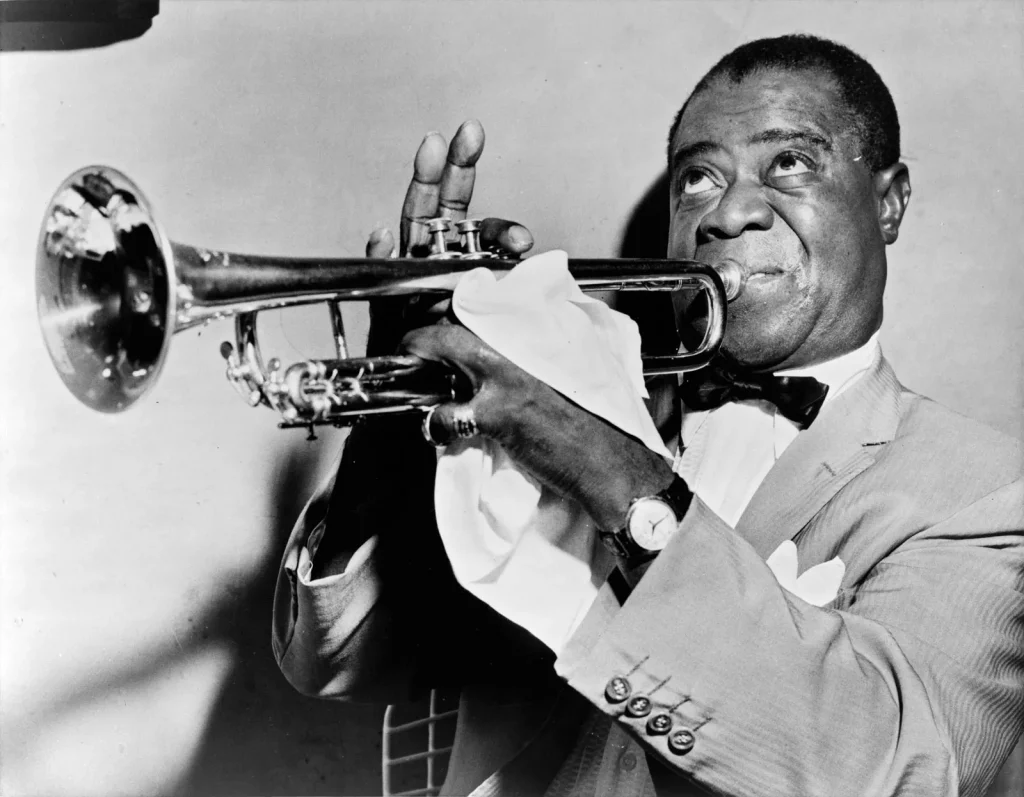
Our Jazz Collections
- “Live” At The Half-Note – The Art Farmer Quartet* Featuring Jim Hall – LP – Pre Owned Vinyl (Arrives in 14days) The Art Farmer Quartet featuring Jim Hall ₹3,999.00
A night of inventive jazz interplay—hear Art Farmer and Jim Hall spark magic on stage at NYC’s iconic Half Note.
Only 1 left in stock
- “Live” At The Village Vanguard – Coltrane* – Audio CD – Pre Owned CDs (Arrives in 14days) Coltrane ₹6,399.00
Experience Coltrane’s boundary-pushing jazz as it unfolded, raw and electrifying, at the legendary Village Vanguard.
Only 1 left in stock
- “Live” In Tokyo – Ramsey Lewis – LP – Pre Owned Vinyl (Arrives in 14days) Ramsey Lewis ₹5,099.00
Experience Ramsey Lewis’s electrifying jazz trio at their peak—captured live on stage in 1975 Tokyo.
Only 1 left in stock
- “Summertime” – Digital At Montreux 1980 – Mongo Santamaria With Dizzy Gillespie And Toots Thielemans – LP – Pre Owned Vinyl (Arrives in 14days) Mongo Santamaria With Dizzy Gillespie And Toots Thielemans ₹8,499.00
Jazz legends unite for a spellbinding live set—witness 1980 Montreux magic in its purest, most electrifying form.
Only 1 left in stock
- ‘Live’ At Monterey ! – Don Ellis Orchestra* – LP – Pre Owned Vinyl (Arrives in 14days) Don Ellis Orchestra ₹7,899.00
Experience the electrifying jazz innovation of Don Ellis Orchestra at Monterey—where boundaries are fearlessly shattered.
Only 1 left in stock
- ‘Live’ At Monterey ! – Don Ellis Orchestra* – LP – Pre Owned Vinyl (Arrives in 14days) Don Ellis Orchestra ₹2,799.00
Experience Don Ellis’ electrifying jazz innovations, captured live at Monterey—pure energy and musical daring.
Only 1 left in stock
- ‘Round Midnight – Claude Williamson’s Trio* – LP – Pre Owned Vinyl (Arrives in 14days) Claude Williamson's Trio ₹3,799.00
Nocturnal jazz elegance—Williamson’s trio explores midnight moods with inventive interplay and timeless swing.
Only 1 left in stock
- 12 Big Band Classics By 12 Classic Big Bands (Jazz Spectrum Vol. 19) – Various Used Vinyl LP Record Various ₹999.00
Own legends: 12 bands, jazz gold. Buy 12 Big Band Classics in Poor condition Today!
Only 1 left in stock
- 15/5 And All That Jazz – A Prestige Sampler – Various Used Vinyl LP Record (VG-) Various ₹2,499.00
Buy 15/5 And All That Jazz – A Prestige Sampler vinyl LP in Very Good Minus condition Today!
Only 1 left in stock
- 1964, “Hope So Eric” Vol. 1 – Charles Mingus Orchestra* With Eric Dolphy – LP – Pre Owned Vinyl (Arrives in 14days) Charles Mingus Orchestra With Eric Dolphy ₹4,899.00
A daring Mingus-Dolphy collaboration, bursting with raw jazz innovation and electrifying ensemble interplay.
Only 1 left in stock
- 24 Classic Original Recordings – The Dave Brubeck Trio Used Audio CD (VG) The Dave Brubeck Trio ₹999.00
Buy 24 Classic Original Recordings CD in Poor condition Today!
Only 1 left in stock
- 3. White Heat – Francy Boland & The Orchestra* – LP – Pre Owned Vinyl (Arrives in 14days) Francy Boland & The Orchestra ₹4,799.00
Ignite your senses with Boland’s high-voltage jazz—where orchestral mastery meets pure creative spark.
Only 1 left in stock
- 500 Miles High – Flora Purim – LP – Pre Owned Vinyl (Arrives in 14days) Flora Purim ₹3,799.00
Flora Purim’s ‘500 Miles High’ is a transcendent jazz journey, brimming with vibrant rhythms and lush vocal artistry.
Only 1 left in stock
- A Blowing Session – Johnny Griffin – Audio CD – Pre Owned CDs (Arrives in 14days) Johnny Griffin ₹2,099.00
An electrifying 1957 jazz summit—Griffin and legends ignite with bold, spontaneous energy. Essential vinyl listening.
Only 1 left in stock
- A Day In The Paradise – Masaru Imada – LP – Pre Owned Vinyl (Arrives in 14days) Masaru Imada ₹4,999.00
Immerse yourself in Masaru Imada’s sunlit jazz odyssey—sophisticated, breezy, and full of vibrant soul.
Only 1 left in stock
- A Day With Art Blakey 1961 – Art Blakey & The Jazz Messengers – LP – Pre Owned Vinyl (Arrives in 14days) Art Blakey & The Jazz Messengers ₹9,599.00
Experience Blakey’s thunderous drive and the Messengers’ vibrant interplay in this electrifying 1961 jazz session.
Only 1 left in stock
- A Farewell To The Seashore = 午後の水平線 – Naoya Matsuoka = 松岡直也* – LP – Pre Owned Vinyl (Arrives in 14days) Naoya Matsuoka ₹3,799.00
Savor sunlit jazz-fusion with Matsuoka’s tranquil, melodic voyage along the shimmering afternoon shoreline.
Only 1 left in stock
- A Guiding Light Of The Forties – Lennie Tristano – LP – Pre Owned Vinyl (Arrives in 14days) Lennie Tristano ₹3,999.00
Rediscover Tristano’s visionary jazz—where inventive harmonies shaped the future of improvisation.
Only 1 left in stock
- A Joyful Noise Unto The Creator – Galliano – Audio CD – Pre Owned CDs (Arrives in 14days) Galliano ₹3,799.00
Galliano’s vibrant rhythms and jazz grooves create a spiritual journey for the open-minded listener.
Only 1 left in stock
- A Message From Birdland – Maynard Ferguson – LP – Pre Owned Vinyl (Arrives in 14days) Maynard Ferguson ₹5,499.00
Step into Birdland’s golden era with Ferguson’s soaring trumpet and electrifying big band energy.
Only 1 left in stock
- A Musical Autobiography Of Bing Crosby 1927 – 1934 – Bing Crosby Used Vinyl LP Record Bing Crosby ₹1,499.00
Relive Bing Crosby’s early magic—Buy A Musical Autobiography Of Bing Crosby 1927 – 1934 vinyl LP in Very Good condition Today!
Only 1 left in stock
- A Swingin’ Safari – Bert Kaempfert & His Orchestra Used Vinyl LP Record (VG-) Bert Kaempfert & His Orchestra ₹999.00
Bring sunshine to your turntable—Buy A Swingin’ Safari vinyl LP in Very Good Minus condition Today!
Only 1 left in stock
- A Touch of Romance – Various Artists Used Audio Cassette Various Artists ₹499.00
Sweet nostalgia meets smooth melodies—Buy A Touch of Romance cassette in Very Good Minus condition Today!
Only 1 left in stock
- A Tribute To Jack Johnson – Miles Davis – Audio CD – Pre Owned CDs (Arrives in 14days) Miles Davis ₹2,799.00
Miles Davis fuses jazz and rock in this bold, electrifying soundtrack—a must for adventurous vinyl collections.
Only 1 left in stock
- Academia De Danças – Egberto Gismonti – Audio CD – Pre Owned CDs (Arrives in 14days) Egberto Gismonti ₹5,999.00
A dazzling journey through Brazilian soundscapes, blending jazz mastery with striking experimental flourishes.
Only 1 left in stock
- Africa – Pharoah Sanders / John Hicks / Curtis Lundy / Idris Muhammed* – Audio CD – Pre Owned CDs (Arrives in 14days) Pharoah Sanders / John Hicks / Curtis Lundy / Idris Muhammed ₹7,899.00
Experience a transcendent jazz journey—Pharoah Sanders and crew ignite pure creative fire on ‘Africa’.
Only 1 left in stock
- Africadeus – N. Angelo – Novelli – Nana Vasconcelos* – Audio CD – Pre Owned CDs (Arrives in 14days) Naná Vasconcelos ₹1,999.00
Nana Vasconcelos reimagines jazz with earthy textures and bold improvisation—an essential listen for sonic explorers.
Only 1 left in stock
- Africadeus – N. Angelo – Novelli – Nana Vasconcelos* – Audio CD – Pre Owned CDs (Arrives in 14days) Naná Vasconcelos ₹6,599.00
A mesmerizing jazz journey where percussion and spirit merge in Nana Vasconcelos’ groundbreaking soundscape.
Only 1 left in stock
- African Piano – Dollar Brand – LP – Pre Owned Vinyl (Arrives in 14days) Dollar Brand ₹4,299.00
Discover Dollar Brand’s mesmerizing solo piano journey—where jazz tradition meets African rhythmic soul.
Only 1 left in stock
- African Space Program – Dollar Brand – LP – Pre Owned Vinyl (Arrives in 14days) Dollar Brand ₹6,199.00
Experience bold African jazz—where ancestral rhythms meet cosmic imagination. A true vinyl essential.
Only 1 left in stock
- Afro Blue – Dee Dee Bridgewater – LP – Pre Owned Vinyl (Arrives in 14days) Dee Dee Bridgewater ₹7,699.00
A soulful jazz journey—Dee Dee Bridgewater’s debut brims with spirit, artistry, and irresistible groove.
Only 1 left in stock
- Afro Blue Impressions – John Coltrane – LP – Pre Owned Vinyl (Arrives in 14days) John Coltrane ₹8,299.00
Experience Coltrane’s transcendent live energy and boundary-pushing jazz on this essential double-LP recording.
Only 1 left in stock
- After Hours – Various Artists New Audio Cassette Various Artists ₹1,299.00
Relive the late ’90s — Buy After Hours cassette in Mint condition Today!
Only 1 left in stock
- Ahmad Jamal At The Pershing – But Not For Me – Ahmad Jamal Trio – Audio CD – Pre Owned CDs (Arrives in 14days) Ahmad Jamal Trio ₹6,899.00
A jazz landmark—Ahmad Jamal’s spellbinding touch redefines trio interplay in this live classic.
Only 1 left in stock
- Album Album – Jack DeJohnette’s Special Edition – LP – Pre Owned Vinyl (Arrives in 14days) Jack DeJohnette's Special Edition ₹8,899.00
A landmark jazz statement, brimming with rhythmic invention and boundary-pushing ensemble interplay.
Only 1 left in stock
- All Alone – Mal Waldron Live 2 – Mal Waldron – LP – Pre Owned Vinyl (Arrives in 14days) Mal Waldron ₹4,999.00
Experience Mal Waldron’s introspective jazz mastery—live, unfiltered, and deeply moving on every track.
Only 1 left in stock
- All My Tomorrows – Grover Washington, Jr. – Audio CD – Pre Owned CDs (Arrives in 14days) Grover Washington, Jr. ₹4,299.00
Grover Washington, Jr. delivers soulful jazz reflections—perfect for late-night listening or deep musical exploration.
Only 1 left in stock
- All Night Long / In The Mood – Flowing Motions – LP – Pre Owned Vinyl (Arrives in 14days) Flowing Motions ₹2,799.00
Dive into Flowing Motions’ groove—an irresistible blend of late-night jazz and vibrant dancefloor energy.
Only 1 left in stock
- All Over – Lars Bartkuhn Presents Lühning* – LP – Pre Owned Vinyl (Arrives in 14days) Lars Bartkuhn Presents Lühning ₹3,799.00
A soulful jazz journey—Lühning’s vocals and Bartkuhn’s craft merge for a deeply immersive listen.
Only 1 left in stock
- Alone Again, Naturally – Esther Phillips – LP – Pre Owned Vinyl (Arrives in 14days) Esther Phillips ₹6,399.00
Soulful jazz and blues converge as Esther Phillips reimagines classics with raw emotion and unmistakable artistry.
Only 1 left in stock
- Alone Together – Dollar Brand – Gato Barbieri – LP – Pre Owned Vinyl (Arrives in 14days) Dollar Brand - Gato Barbieri ₹4,699.00
A transcendent jazz dialogue: two visionaries in a spellbinding, intimate musical conversation.
Only 1 left in stock
- Alto Saxophone Improvisations 1979 – Anthony Braxton – LP – Pre Owned Vinyl (Arrives in 14days) Anthony Braxton ₹3,799.00
Braxton’s 1979 solo sax opus: a fearless journey in jazz improvisation, spontaneous and boundary-pushing.
Only 1 left in stock
- American Romance – Akira Wada With Friends – LP – Pre Owned Vinyl (Arrives in 14days) Akira Wada With Friends ₹6,599.00
A soulful journey through jazz fusion—Akira Wada’s guitar storytelling meets world-class musicianship.
Only 1 left in stock
- An Even Break (Never Give A Sucker) – Sunny Murray – LP – Pre Owned Vinyl (Arrives in 14days) Sunny Murray ₹5,299.00
Sunny Murray’s groundbreaking free jazz drumming ignites every track—a must for adventurous listeners.
Only 1 left in stock
- An Evening With Ornette Coleman – Ornette Coleman Trio* – Audio CD – Pre Owned CDs (Arrives in 14days) Ornette Coleman Trio ₹5,999.00
Experience Ornette Coleman’s boundary-defying jazz in an intimate live trio setting—raw, spontaneous, unforgettable.
Only 1 left in stock
- Anaconda – John Arnold – LP – Pre Owned Vinyl (Arrives in 14days) John Arnold ₹3,799.00
Dive into John Arnold’s ‘Anaconda’—a vibrant journey of Jazz innovation, groove, and sonic exploration.
Only 1 left in stock
- Analysis – Attias – LP – Pre Owned Vinyl (Arrives in 14days) Attias ₹2,999.00
A labyrinth of jazz explorations—’Analysis’ invites listeners into a world where improvisation reigns supreme.
Only 1 left in stock
- Anaty / East Side Drive – Butter Foundation Vs. Chillfreez – LP – Pre Owned Vinyl (Arrives in 14days) Butter Foundation Vs. Chillfreez ₹1,999.00
An elegant collision of jazz and electronic, perfect for late-night journeys and sonic explorers alike.
Only 1 left in stock
- Andalucia – Bobby Enriquez – LP – Pre Owned Vinyl (Arrives in 14days) Bobby Enriquez ₹2,799.00
Bobby Enriquez’s Andalucia dazzles with fiery piano, fusing jazz spirit and Spanish flair on every track.
Only 1 left in stock
- Anita Sings The Most – Anita O’Day And Her Rhythm Section – LP – Pre Owned Vinyl (Arrives in 14days) Anita O'Day And Her Rhythm Section ₹3,799.00
Anita O’Day swings with effortless cool—an essential jazz vocal session bursting with verve and rhythmic interplay.
Only 1 left in stock
- Another Time, Another Place – Dan Siegel Project – LP – Pre Owned Vinyl (Arrives in 14days) Dan Siegel Project ₹5,499.00
An evocative jazz journey—Dan Siegel Project’s timeless grooves stir the soul and spark quiet reflection.
Only 1 left in stock
- Antonio Brasileiro – Antonio Carlos Jobim Used Audio CD (VG-) – Antonio Carlos Jobim Used Audio CD (VG-) – Antonio Carlos Jobim Used Audio CD (VG-) – Antonio Carlos Jobim Used Audio CD (VG-) Antonio Carlos Jobim ₹999.00
Buy Antonio Brasileiro – Antonio Carlos Jobim Used Audio CD (VG-) in Used condition Today!
Only 1 left in stock
- Ao Meu Amigo Tom (Samba É Isso Vol. 4) – Milton Banana Trio – LP – Pre Owned Vinyl (Arrives in 14days) Milton Banana Trio ₹7,899.00
A samba-jazz tribute shimmering with warmth, rhythm, and Milton Banana Trio’s unmistakable touch.
Only 1 left in stock
- Arooj Aftab – Night Reign (CD) Arooj Aftab ₹1,499.00
Arooj Aftab’s Night Reign weaves jazz and folk into a mesmerizing nocturnal tapestry of sound and emotion.
Only 1 left in stock
- As Long As There’s Music – Charlie Haden / Hampton Hawes – LP – Pre Owned Vinyl (Arrives in 14days) Charlie Haden / Hampton Hawes ₹6,399.00
A rare jazz summit—Haden and Hawes deliver lyrical interplay and soulful improvisation on this intimate session.
Only 1 left in stock
- As One – Jus’ Friends – LP – Pre Owned Vinyl (Arrives in 14days) Jus' Friends ₹4,999.00
A soulful journey where jazz and heartfelt melodies intertwine, inviting you to listen closer and linger longer.
Only 1 left in stock
- Asahikawa – Jihad Muhammad – LP – Pre Owned Vinyl (Arrives in 14days) Jihad Muhammad ₹2,999.00
Journey through vibrant grooves—Asahikawa fuses jazz and electronic warmth for seekers of sonic adventure.
Only 1 left in stock
- Astral Traveling – Lonnie Liston Smith & The Cosmic Echoes* – Audio CD – Pre Owned CDs (Arrives in 14days) Lonnie Liston Smith & The Cosmic Echoes ₹1,999.00
Embark on a cosmic jazz journey—’Astral Traveling’ shimmers with soulful grooves and boundless imagination.
Only 1 left in stock
- AstralSignal – Gene Harris – Audio CD – Pre Owned CDs (Arrives in 14days) Gene Harris ₹4,899.00
Gene Harris fuses cosmic grooves and jazz elegance—let AstralSignal elevate your listening ritual.
Only 1 left in stock
- At Basin Street – Clifford Brown And Max Roach – LP – Pre Owned Vinyl (Arrives in 14days) Clifford Brown And Max Roach ₹8,099.00
A landmark jazz session where Clifford Brown and Max Roach ignite every note with brilliance and timeless energy.
Only 1 left in stock
- At Basin Street – Clifford Brown And Max Roach – LP – Pre Owned Vinyl (Arrives in 14days) Clifford Brown And Max Roach ₹5,099.00
A defining jazz summit: Brown and Roach capture the pulse of an era with brilliance, interplay, and unforgettable swing.
Only 1 left in stock
- At Beethoven Hall Vol. 1 – George Russell Sextet* Guest Artist – Don Cherry – LP – Pre Owned Vinyl (Arrives in 14days) George Russell Sextet* Guest Artist - Don Cherry ₹3,799.00
Hear jazz visionaries George Russell and Don Cherry ignite a night of avant-garde brilliance at Beethoven Hall.
Only 1 left in stock
- At Gyllene Cirkeln – Bengt Hallberg – LP – Pre Owned Vinyl (Arrives in 14days) Bengt Hallberg ₹2,799.00
Swedish jazz at its most intimate—Bengt Hallberg delivers lyrical brilliance live at Stockholm’s iconic Gyllene Cirkeln.
Only 1 left in stock
- At Montreux – Dollar Brand – LP – Pre Owned Vinyl (Arrives in 14days) Dollar Brand ₹5,099.00
Experience jazz alchemy as Dollar Brand transforms Montreux into a canvas of soulful, boundary-pushing piano brilliance.
Only 1 left in stock
- At Storyville – Vol. 2 – Stan Getz Used Vinyl LP Record (NM) Japanese Pressing Stan Getz ₹4,999.00
Buy At Storyville – Vol. 2 Vinyl LP in Near Mint condition Today!
Only 1 left in stock
- At The Montreux Jazz Festival – Bill Evans – Audio CD – Pre Owned CDs (Arrives in 14days) Bill Evans ₹4,299.00
Bill Evans live at Montreux: a masterclass in lyrical jazz, capturing spontaneous brilliance and subtle interplay.
Only 1 left in stock
- At The Montreux Jazz Festival 1975 – Dizzy Gillespie – LP – Pre Owned Vinyl (Arrives in 14days) Dizzy Gillespie ₹3,799.00
Experience Dizzy’s electrifying trumpet magic live from Montreux—a landmark in jazz brilliance and spontaneity.
Only 1 left in stock
- At The Piano – Hampton Hawes – LP – Pre Owned Vinyl (Arrives in 14days) Hampton Hawes ₹5,099.00
Experience Hawes’ nimble touch and soulful swing—jazz piano storytelling at its most intimate and inventive.
Only 1 left in stock
- At The Stratford Shakespearean Festival – The Oscar Peterson Trio – LP – Pre Owned Vinyl (Arrives in 14days) The Oscar Peterson Trio ₹6,399.00
Experience jazz brilliance as Oscar Peterson’s trio redefines live performance with elegance and creative spark.
Only 1 left in stock
- Au Club Saint-Germain / Vol. 1 – Art Blakey Et Les Jazz-Messengers* – LP – Pre Owned Vinyl (Arrives in 14days) Art Blakey Et Les Jazz-Messengers ₹15,699.00
Experience Blakey’s fiery jazz live in Paris—raw, sophisticated, and utterly electrifying.
Only 1 left in stock
- Autumn – Don Ellis And His Orchestra* – LP – Pre Owned Vinyl (Arrives in 14days) Don Ellis And His Orchestra ₹7,499.00
Dive into Don Ellis’s kaleidoscopic jazz masterpiece—where dazzling brass meets fearless rhythmic adventure.
Only 1 left in stock
- Awakening – Sonny Fortune – LP – Pre Owned Vinyl (Arrives in 14days) Sonny Fortune ₹7,899.00
A soulful, boundary-pushing jazz journey—Sonny Fortune’s saxophone soars with passion and urgency.
Only 1 left in stock
- Award Winning Drummer – Max Roach – LP – Pre Owned Vinyl (Arrives in 14days) Max Roach ₹3,799.00
Max Roach redefines jazz drumming—timeless, inventive, and essential for any serious vinyl collection.
Only 1 left in stock
- Back In The Swing – Anthony Warlow Used Audio Cassette Anthony Warlow ₹499.00
Anthony Warlow revives jazz standards—Buy Back In The Swing cassette in Very Good Minus condition Today!
Only 1 left in stock
- Back To Back (Duke Ellington And Johnny Hodges Play The Blues) – Duke Ellington & Johnny Hodges Used Audio CD (P) Duke Ellington & Johnny Hodges ₹899.00
Buy Back To Back (Duke Ellington And Johnny Hodges Play The Blues) CD in Used condition Today!
Only 1 left in stock
- Bags & Trane – Milt Jackson & John Coltrane – Audio CD – Pre Owned CDs (Arrives in 14days) Milt Jackson & John Coltrane ₹2,099.00
Hear two jazz luminaries ignite in a session packed with soulful interplay and inspired improvisation.
Only 1 left in stock
- Bags Groove – Miles Davis – Audio CD – Pre Owned CDs (Arrives in 14days) Miles Davis ₹4,999.00
Miles Davis’s ‘Bags Groove’ pulses with timeless jazz chemistry—essential listening for any vinyl aficionado.
Only 1 left in stock
- Ballads – John Coltrane Quartet* – LP – Pre Owned Vinyl (Arrives in 14days) John Coltrane Quartet ₹6,699.00
Coltrane’s lush sax paints timeless moods—an intimate jazz journey for quiet nights and deep listening.
Only 1 left in stock
- Ballads – The John Coltrane Quartet – Audio CD – Pre Owned CDs (Arrives in 14days) The John Coltrane Quartet ₹4,499.00
Coltrane’s Ballads invites you to savor jazz’s deep emotion—sublime, intimate, and essential listening.
Only 1 left in stock
- Ballads For Trane – Archie Shepp – LP – Pre Owned Vinyl (Arrives in 14days) Archie Shepp ₹5,099.00
Archie Shepp’s soulful tribute transforms Coltrane’s legacy into intimate, deeply expressive jazz balladry.
Only 1 left in stock
- Ballet-Symphony No 5, Symphony No. 6 – The Music Of Gunter Hampel – Gunter Hampel – LP – Pre Owned Vinyl (Arrives in 14days) Gunter Hampel ₹5,299.00
A bold jazz voyage: Gunter Hampel’s symphonic vision blurs boundaries and commands deep listening.
Only 1 left in stock
- Banana Connection 1 – GoRo / Hajime Yoshizawa – LP – Pre Owned Vinyl (Arrives in 14days) GoRo / Hajime Yoshizawa ₹2,099.00
A dazzling jazz odyssey where GoRo and Hajime Yoshizawa blur boundaries with groove, imagination, and finesse.
Only 1 left in stock
- Barbeque Dog – Ronald Shannon Jackson And The Decoding Society – Audio CD – Pre Owned CDs (Arrives in 14days) Ronald Shannon Jackson And The Decoding Society ₹7,499.00
A feverish, genre-bending jazz adventure—Barbeque Dog electrifies with rhythm, texture, and fearless invention.
Only 1 left in stock
- Basie Is Our Boss – Frank Foster – LP – Pre Owned Vinyl (Arrives in 14days) Frank Foster ₹8,899.00
Frank Foster leads a swinging tribute to Count Basie—pure jazz craftsmanship, bold solos, and irresistible groove.
Only 1 left in stock
- Beauties Of 1918 – The Charlie Mariano & Jerry Dodgion Sextet* – LP – Pre Owned Vinyl (Arrives in 14days) The Charlie Mariano & Jerry Dodgion Sextet ₹9,399.00
Step into 1918 with jazz masters Mariano & Dodgion—vintage swing reimagined with irresistible artistry.
Only 1 left in stock
- Before Dawn: The Music Of Yusef Lateef – Yusef Lateef – Audio CD – Pre Owned CDs (Arrives in 14days) Yusef Lateef ₹7,499.00
Experience Lateef’s inventive blend of jazz and global sounds—an essential listen for adventurous collectors.
Only 1 left in stock
- Belafonte – Harry Belafonte Used Vinyl LP Record Harry Belafonte ₹999.00
Harry Belafonte’s 1956 LP brings island sunshine home. Buy Belafonte vinyl LP in Very Good Minus condition Today!
Only 1 left in stock
- Belafonte At Carnegie Hall: The Complete Concert – Harry Belafonte Used Vinyl LP Record Harry Belafonte ₹2,499.00
Relive Belafonte’s legendary 1959 Carnegie Hall show—Buy Belafonte At Carnegie Hall: The Complete Concert vinyl LP in Very Good condition Today!
Only 1 left in stock
- Believe In Me – Raw Stylus – LP – Pre Owned Vinyl (Arrives in 14days) Raw Stylus ₹1,999.00
An irresistible blend of jazz and pop grooves—Raw Stylus’s standout ’90s album pulses with soulful, feel-good energy.
Only 1 left in stock
- Bennie Wallace Plays Monk – Bennie Wallace, Jimmy Knepper, Eddie Gomez, Dannie Richmond – LP – Pre Owned Vinyl (Arrives in 14days) Bennie Wallace, Jimmy Knepper, Eddie Gomez, Dannie Richmond ₹2,799.00
Bennie Wallace’s fearless sax explores Monk’s genius with a dream team of jazz greats—unpredictable and thrilling.
Only 1 left in stock
- Berlin Concerts – Eric Dolphy – LP – Pre Owned Vinyl (Arrives in 14days) Eric Dolphy ₹6,699.00
Experience Eric Dolphy’s boundary-pushing jazz brilliance captured live in an electrifying Berlin performance.
Only 1 left in stock
- Berlin Dialogue For Orchestra – Oliver Nelson And The “Berlin Dreamband” – LP – Pre Owned Vinyl (Arrives in 14days) Oliver Nelson And The "Berlin Dreamband" ₹4,899.00
Nelson’s Berlin suite sweeps you into an audacious jazz symphony—bold, cinematic, and utterly immersive.
Only 1 left in stock
- Best Of Agharta – Various – LP – Pre Owned Vinyl (Arrives in 14days) Various ₹2,999.00
Journey through rare jazz landscapes with ‘Best Of Agharta’—a curated collection that rewards deep listening.
Only 1 left in stock
- Best Tracks – Norio Maeda & Wind-Breakers – LP – Pre Owned Vinyl (Arrives in 14days) Norio Maeda & Wind-Breakers ₹2,799.00
Jazz artistry at its finest—Norio Maeda & Wind-Breakers redefine instrumental jazz with every vibrant track.
Only 1 left in stock
- Big Band Percussion – Ted Heath And His Music Used Vinyl LP Record Ted Heath And His Music ₹999.00
Crackly but swingin’: Buy Big Band Percussion vinyl LP in Poor condition Today!
Only 1 left in stock
- Bill English – Bill English – LP – Pre Owned Vinyl (Arrives in 14days) Bill English ₹8,699.00
A jazz percussionist’s self-titled gem—vibrant, inventive, and a must-own for lovers of rich, swinging grooves.
Only 1 left in stock
- Bird Songs (The Final Recordings) – Dizzy Gillespie Used Audio CD (VG) Dizzy Gillespie ₹799.00
Buy Bird Songs (The Final Recordings) CD in Very Good condition Today!
Only 1 left in stock
- Black Glory – Mal Waldron – LP – Pre Owned Vinyl (Arrives in 14days) Mal Waldron ₹7,699.00
A fearless live set where Mal Waldron’s piano blazes with invention—essential European jazz from 1971.
Only 1 left in stock
- Blood, Sweat And Tears 3 – Blood, Sweat And Tears – LP – Pre Owned Vinyl (Arrives in 14days) Blood, Sweat And Tears ₹4,299.00
Jazz-rock at its boldest—brassy anthems and soulful grooves that defined a generation’s sound and spirit.
Only 1 left in stock
- Blowin’ Country – Bud Shank & Bob Cooper – LP – Pre Owned Vinyl (Arrives in 14days) Bud Shank & Bob Cooper ₹9,799.00
West Coast jazz at its breeziest—Shank & Cooper’s saxophone duets swing with invention and cool, open-air clarity.
Only 1 left in stock


